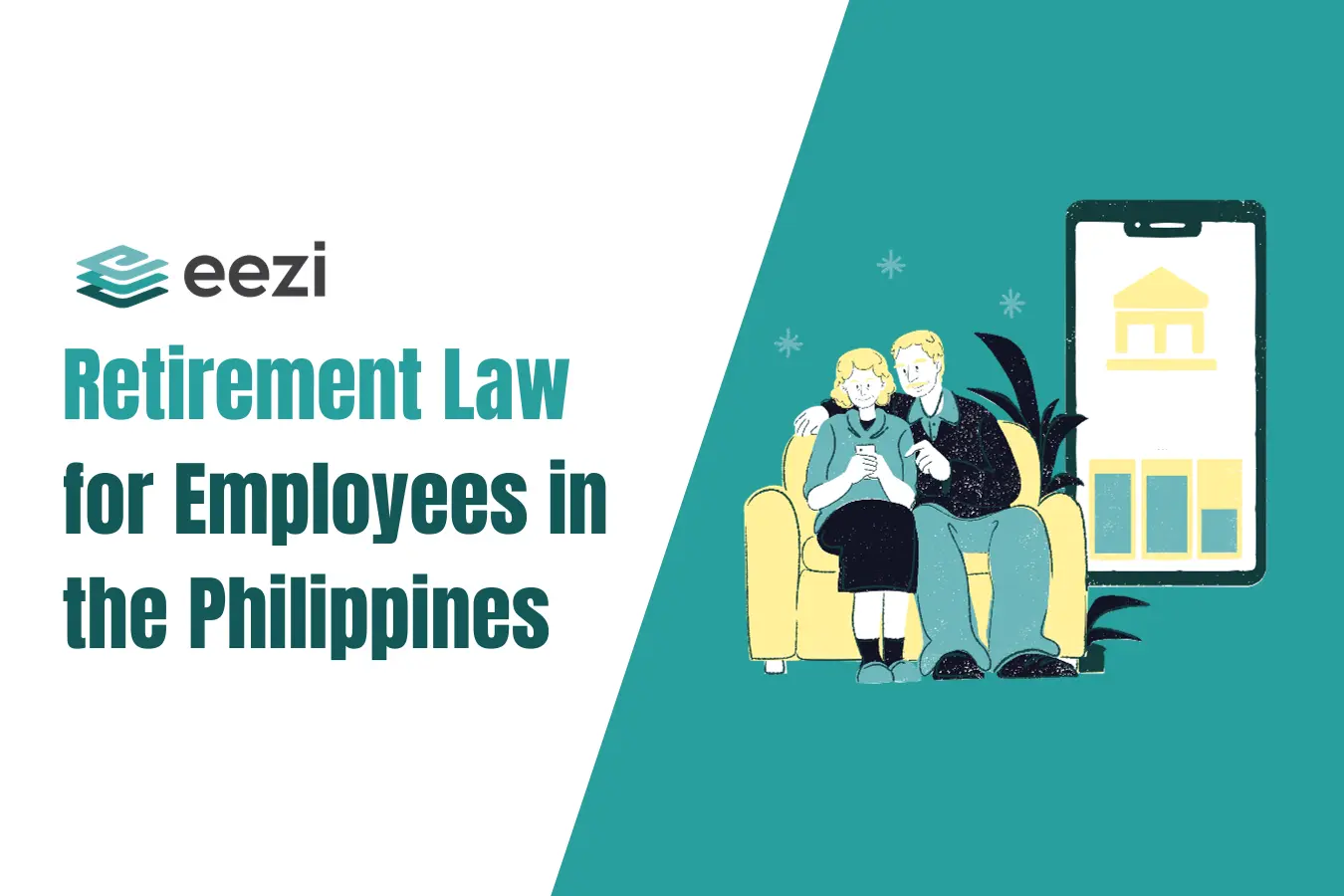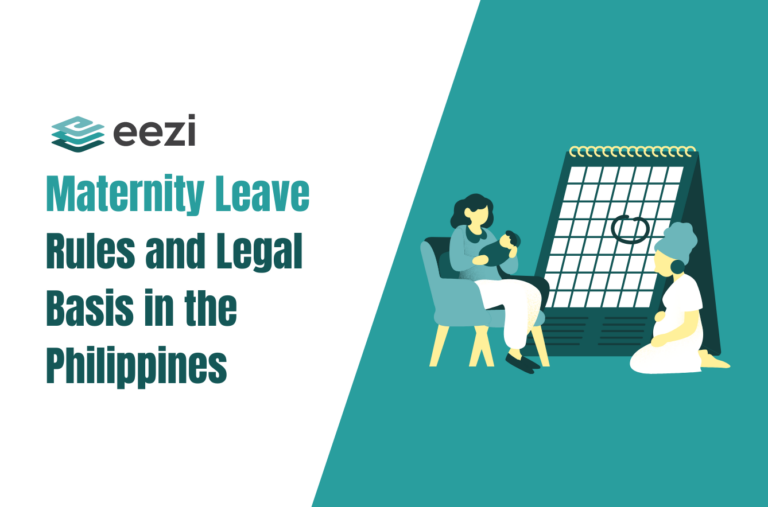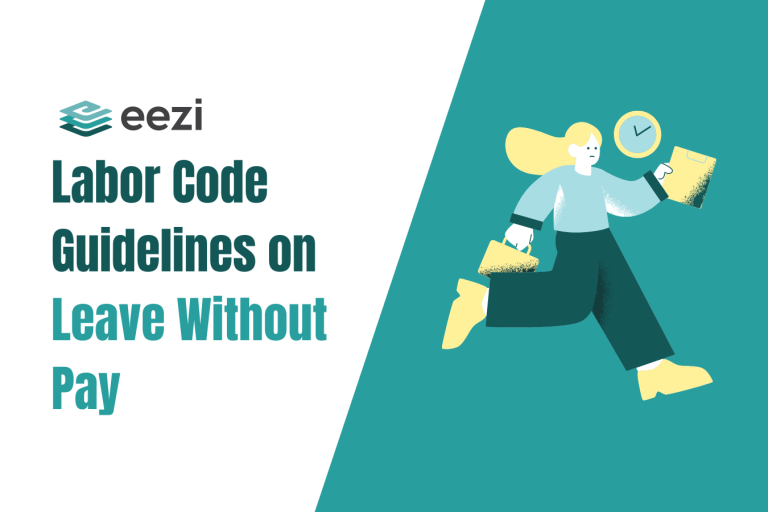What is the coverage of the Retirement Law in the Philippines?
Key Points
- The compulsory retirement age in the Philippines is 65 years old for private employees.
- Moreover, the retirement law under Republic Act 7641 does not cover workers in the government, its subsidiaries, and its controlled companies.
- The amount of retirement pay an employee receives depends upon their contract of collective bargaining agreements.

Employees are a company’s biggest asset because they look after both the customers and the business. That said, it is then important for employees, especially those who have been there since the beginning, to get compensation.
Employers owe their employees a token of appreciation and acknowledgment for their continued commitment. One way they could do this is by providing them with a retirement plan or just minimum retirement pay.
Retirement pay is an additional compensation a qualified employee who is retiring receives. In the Philippines, employees may be eligible for retirement pay. However, the Department of Labor and Employment (DOLE) has a set of specific requirements for this.
In this article, we’ll go over the details of the retirement law for private employees in the Philippines.

What is the mandatory retirement age for private employees?
Any employee may resign in accordance with Article 287 when they reach the compulsory retirement age. In the Philippines, the compulsory retirement age is 65.
However, their respective collective bargaining agreement (CBA) or other applicable employment contract may prescribe a different age.
Upon retirement, the employee shall receive all their retirement benefits. Such benefits may be based on any applicable legislation or CBA. In general, An employee with at least five years of service, aged 60 to 65, can retire. Moreover, the minimum benefits retirees should receive are as follows:
- They receive a retirement pay of at least half a month’s compensation per year worked.
- The retirees must receive a half-month salary, which is 15 days plus one-twelfth of the 13th month’s pay unless specified differently.
- In addition, they receive the cash equivalent of up to five days of service incentive leaves.
Note: Retail, agricultural establishments, and operations with fewer than ten employees are exempt from this rule.
Read more: Landmark Labor Laws in the Philippines
What is the new retirement law in the Philippines?
The House of Representatives has approved a bill that will shorten the retirement age for civil officials by four years. In the Philippines, civil officials are required to retire at age 65.
At the moment, the early retirement age option is 60 years old. Under the new bill, government employees can retire once they reach the age of 56.
Though this is good news for workers, there are concerns that this will increase pressure on the pension fund for civil servants. As of the writing of this article, the bill is still under Senate reading.
Retirement Pay Law in the Philippines
The Retirement Pay Law (R.A. 7641) in the Philippines mandates that qualifying private-sector workers receive a minimum level of retirement benefits.
Under this law, employees with at least five years of employment and aged between 60 and 65 are entitled to retirement pay.
If there is no retirement plan or agreement in place, eligible retirees receive a minimum retirement benefit, calculated as “one-half month salary for each year of service.” This includes 15 days’ pay, five days’ service incentive leave in cash, and 1/12 of the 13th month’s compensation.
In essence, the retirement benefits amount to approximately 22.5 days of pay for each year of service.
Exemptions of the RA 7641
While RA 7641 applies to most qualifying private-sector employees, it does not cover:
- Government Employees: Workers of the National Government, its political subdivisions, and government-owned or controlled corporations.
- Small Employers: Businesses employing fewer than ten people in the service, retail, or agricultural sectors.
- Reasonable Private Benefit Plan (RPBP): If a company maintains an RPBP, employees may be exempt from Attachment, Levy, Execution, or any other Tax under R.A. 4917.
- Special Conditions: Employees who have worked for the same employer for at least ten years, are at least 50 years old, and use the benefit only once may receive a nontaxable retirement benefit.
- Special Circumstances: Amounts received by an employee or their heirs due to separation from employment because of death, illness, physical incapacity, or other uncontrollable reasons are exempt under the law.
How much pension will a retiree receive in the Philippines?
Under the New Retirement Law (Republic Act No. 7641), which amended Article 287 of the Philippine Labor Code, employees in the Philippines are entitled to retirement pay upon reaching the retirement age stipulated in their employment contract or collective bargaining agreement.
The retirement pay is calculated as follows:
- One-half of one month’s income for each year of service.
- A fraction of at least six months is counted as one full year.
- One-half month salary includes 15 days’ pay, one-twelfth of the 13th-month pay, and the monetary equivalent of up to five days’ incentive leave, unless otherwise agreed upon.
What if both the employer and the employee contribute to a retirement fund? In this case, the total of the employer’s contributions and any accrued interest must not be less than the retirement benefits the employee would have received without the fund, as per the applicable agreement.
Retirement pay sample computation
Ultimately, the pension a retired employee will receive depends on several factors.
Here’s a sample computation of retirement pay:
Lisa has worked at a Digital Marketing firm for six years and two months.
She is retiring at age 65.
Lisa receives Php 20,000 in basic salary and Php 2,500 in sales commission.
Her retirement pay calculation is as follows:
- 15 days’ pay or 10,000
- 3,333 Inventive Leave for 5 Days of Service
- Five days of a 13-month salary, or 1,667 PHP
- Because two months is less than six months, six years are used instead.
- Sales commission is excluded. [R. 160233, August 8, 2007]
So the following would be the calculation:
- 10,000 + 3,333 + 1,667 = 15,000.
- 15,000 x 6 years = 90,000.
Lisa would get a total retirement benefit of 90,000 based on this sample computation.
The cost of living adjustment, often known as a COLA, profit-sharing payments, and other financial advantages, are not included in salary when calculating retirement earnings. These are not covered by the employee’s regular salary.
Also, take note that under Labor Code Article 287, retirees are not subject to income tax.
Who is entitled to retirement benefits in government service?
You need to have served for at least 15 years and retire at least 60 years old to be entitled to Philippine retirement benefits. Public servants and workers who have dedicated their best years to serving the government and the public shouldn’t be made to wait to collect benefits that are legally owed to them.
The payment and settlement of pensions, incentives, and other retirement benefits funds for retiring government employees will, therefore, be given top priority. With the exception of members of the Armed Forces of the Philippines, this Act shall apply to all divisions, agencies, and organizations of the government, as well as (GOCCs) government-owned and controlled corporations.
It shall also apply to applications for both mandatory and legally permitted voluntary or early retirement.
Manage your company and employee retirement records easily
Every HR manager is aware of how challenging it can be to manage different employee benefits like payroll, health insurance, and retirement plans. Fortunately, eezi’s document management system is here! For simple and automated management and updating, it digitizes your company and employee records.



